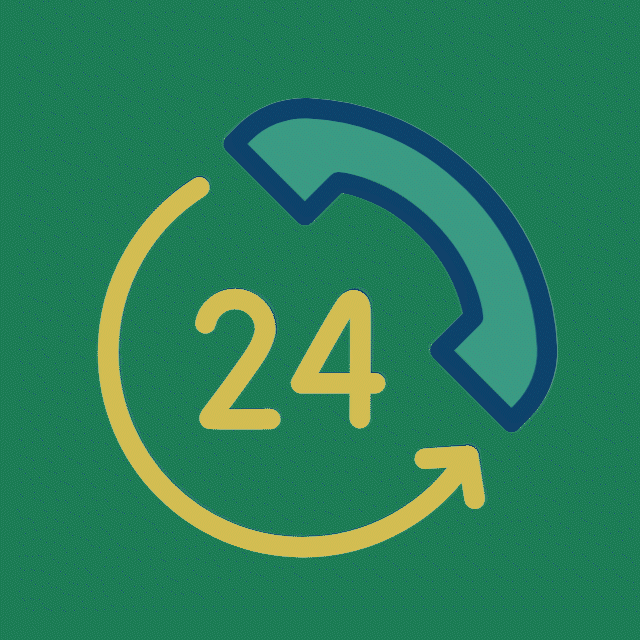ISRO’s Space Docking
Published On:

ISRO successfully conducted a space docking experiment, advancing capabilities for long-term space missions.
On December 30, 2024, ISRO launched the PSLV-C60 mission with primary payloads for the Space Docking Experiment (SpaDeX) to demonstrate orbital rendezvous and docking. After initial delays, the satellites docked successfully on January 16, 2025, following corrective measures to manage displacement issues. The experiment aims to verify the exchange of electric power, undocking, and separation of the satellites, with payload tests planned over two years.
The PSLV-C60 mission also carried 24 payloads from ISRO centers and private enterprises, showcasing diverse technological tests, including orbital plant studies. This milestone highlights docking technology's importance in launching components separately and assembling them in space, enabling cost-effective and larger interplanetary missions.
The docking capability is a critical step for advanced missions like Chandrayaan-4 and long-duration crewed spaceflights, including Mars exploration and space mining. ISRO’s plans for the Bharatiya Antariksh Station (BAS) underscore the strategic necessity of orbital servicing and resupply.
This experiment reflects ISRO’s cautious approach, evident from its repeated attempts and eventual success. The successful demonstration strengthens ISRO’s position in space innovation, setting the stage for ambitious missions. It also signifies the growing importance of docking technology in space programs worldwide, enabling scalable, sustainable space exploration. ISRO is poised to define a comprehensive vision for its upcoming projects, aligning them with global advancements in space exploration.
